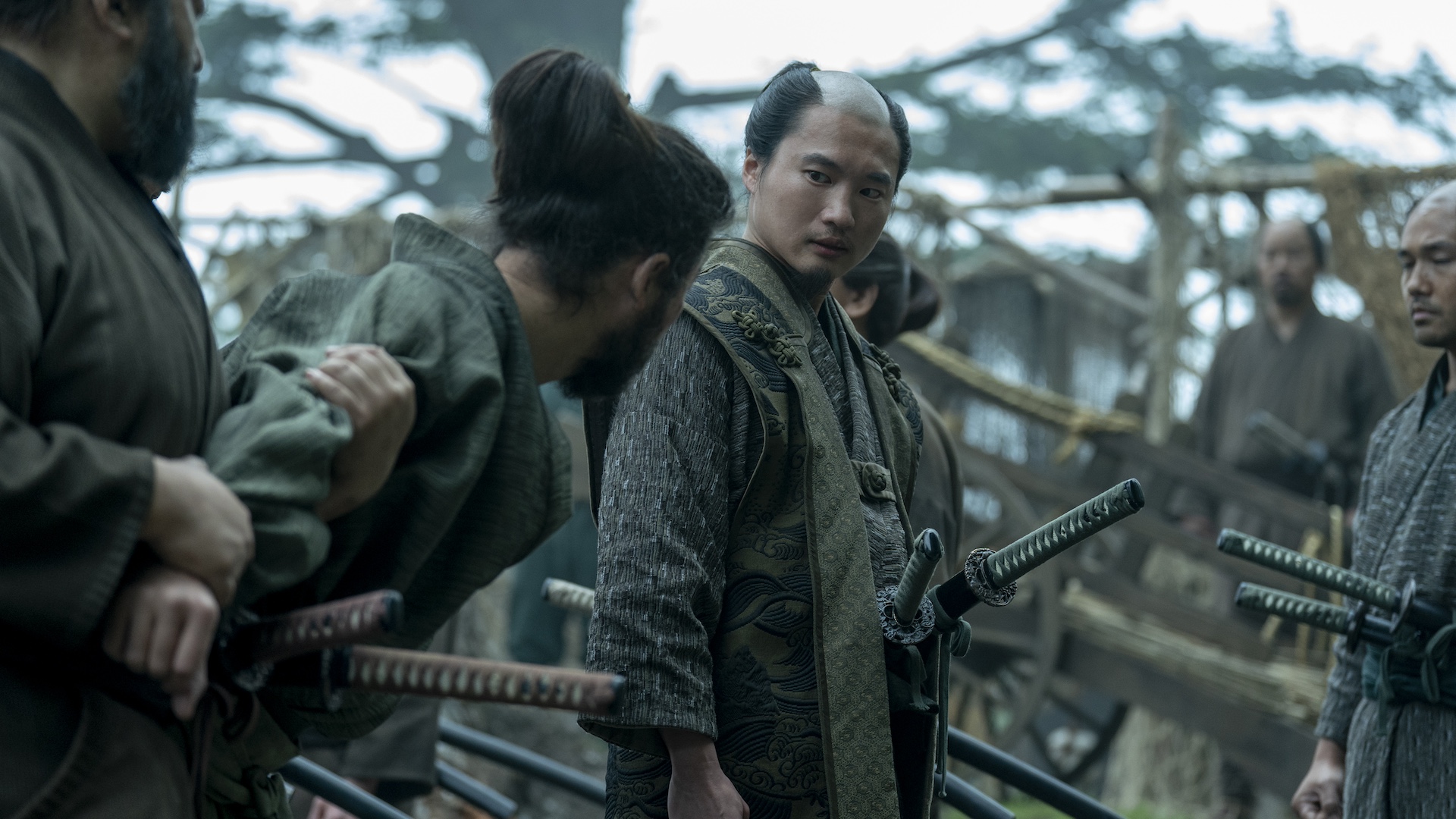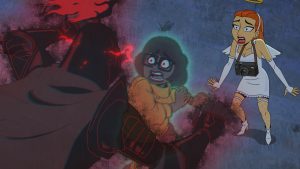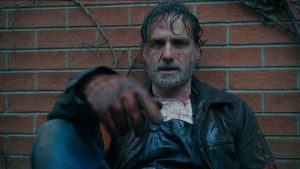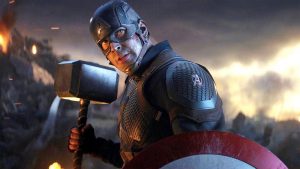
This article contains spoilers for Shogun episode 10.
FX miniseries Shōgun has often been compared to Game of Thrones by fans and critics alike. Both shows present political intrigue, sex, and swordplay, all in within a feudal backdrop. Now that Shōgun‘s 10th and finale episode “A Dream of a Dream” has premiered, however, it’s clear that there’s one significant way in which the two TV properties differ: their budgets.
While early seasons of Game of Thrones had to be thrifty with action, once the show proved to be a hit, HBO opened up its ample wallet to fund some of the biggest battle sequences ever seen on television. As more of a one-season experiment (for now at least) Shōgun doesn’t have access to those dollars. The biggest armed conflict presented in the series, the real life Battle of Sekigahara in episode 10, turns up only briefly as Toranaga’s speculative vision of the future. And the real violence ends before it can ever really begin thanks to a simple letter from Lady Ochiba.
According to Shōgun showrunners Justin Marks and Rachel Kondo, the series’ reticence to present the full Battle of Sekigahara came down to not only limited budget but also a desire to preserve author James Clavell’s original vision.
“The book denies us [the Battle of Sekigahara], too,” Marks told The Hollywood Reporter. “And that’s what I really appreciate about the book is that you really, even turning the last page, you’re like, but what about…? And you realize it doesn’t matter if you’ve really understood what this story is trying to be. Never for a second in the writer’s room did we ever really say that we were after [a final battle]. Not because we couldn’t afford it — although we couldn’t. But because Clavell was not telling that kind of story.”
“It’s that line from Toranaga: ‘Why is it always that the people who are so eager to go into battle are the ones who have never been in it?’” Kondo added.
Shōgun‘s restraint in not depicting violence just for the sake of violence is admirable. And indeed the Battle of Sekigahara is a superfluous feature to the story being told anyway. Mariko’s sacrifice in Osaka has already won the war for Toranaga as it is. The regents are divided and nothing that happens during the next melee will stop the Edo enlightenment to come.
Still, it’s also understandable that Shōgun viewers would want to know more about the battle that’s been described as one of the most important conflicts in Japanese feudal history. With that in mind, here’s what you should know about the real life Battle of Sekigahara, sourced from Wikipedia, Britannica, and episode 10 of the official Shōgun companion podcast.
The Battle of Sekigahara was fought on Oct. 21, 1600 in what is now the Gifu Prefecture in Japan. It was the culmination of the conflict between Tokugawa Ieyasu (the real life inspiration for Toranaga) and the former Taiko’s council of regents led by Ishida Mitsunari (the real life inspiration for Ishido). Tokugawa and his loyalists were known as the Eastern Army while Ishida and his loyalists were known as the Western Army. Tokugawa deployed his troops north towards Osaka and Ishida marched his troops south, wary of retreating to Osaka of being caught from behind. They two Armys met near Ōgaki Castle in Gifu.
Despite initially being outnumbered 120,000 men to 75,000 men, Tokugawa’s Eastern Army eventually won the day. This came down not only to Tokugawa’s tactical brilliance (and consistent recruiting of wary Western Army generals) but also the Western Army’s intense disfunction. As seen on Shōgun, the real life equivalent of Lady Ochiba (Yodo-no-kata) really did withhold the Taiko’s banners from Ishido/Ishida’s army, formenting distrust. On the Shōgun podcast, historian Frederik Cryns provided a sense of just how unorganized things got.
“The documents of the period describe the battle as quite chaotic on [Ishida] Mitsunari’s side,” Cryns said. “You had this alliance of the regents and a lot of warlords in the Western camp who came to Sekigahara but there was no unity at all. And then you had Ieyasu’s forces which were much more united. Mitsuanri wanted to get [the real life Mariko] as a hostage. She refused and committed suicide. This news came to the ears of Hosokawa Tadaoki [Buntaro]. You know Buntaro so you can expect that Takaoki was really furious about this. [The whole Eastern Army was] very furious and they wanted revenge.”
In the end, Battle of Sekigahara went down just like our own Lord Toranaga predicted it would. Ishido attempted to build five armies under no banner. One army united under the righteous fury ignited by a powerful woman is going to win that matchup every time.
What is the name of John Blackthorne’s beloved ship?
The ErasmusThe Queen ElizabethThe Black ShipLa Cruzar
Who of the following is NOT on the Council or Regents?
HiromatsuSugiyamaOhnoIshido
What title does John Blackthorne receive from Lord Toranaga?
HatamotoShogunSamuraiDaimyo
What’s the code name of Lord Toranaga’s final plan?
Crimson SkyRed SkyScarlet SkyPurple Sky
What is Lady Ochiba-no-kata’s real name?
RuriMarikoKikuGin
Which of the following languages is spoken on Shogun?
PortugueseSpanishFrenchMandarin Chinese
What real life figure is Lord Toranaga based on?
Tokugawa IeyasuWilliam AdamsIshida MitsunariYodo-no-kata
Who is the Lord of Izu?
YabushigeBuntaroMurajiNagakado
What does “Anjin” mean?
PilotWhite manWarriorBarbarian
According to the Shogun podcast, what is the real life name of the falcon that appears on the show?
ShogunHiroSilkLady
All 10 episodes of Shōgun are available to stream on Hulu and Disney+ now.
The post Shogun: What Was the Battle of Sekigahara? appeared first on Den of Geek.







